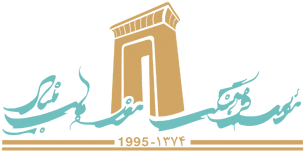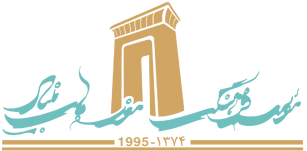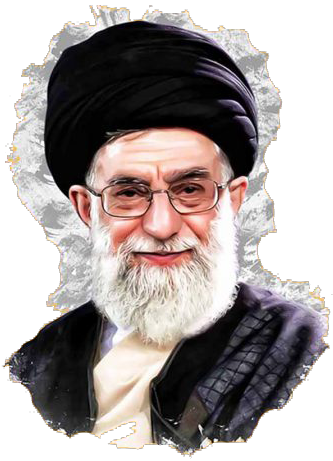With more than four thousand weapons of cold and hot types, the treasury of historical weapons houses a valuable collection of tools and equipment from the prehistoric times until the contemporary era.
Classification of weapons in the weapons treasury based on their application includes:
• Cold weapons: daggers, stilettoes, short swords, swords, spears, bayonets, maces, axes, horse harnesses, etc.
• Firearms: guns (firelocks, flintlocks, shotguns, hunting rifles, air guns, pistols, …)
• Defense tools and equipment: armor, shield, helmet, forearm braces, etc.
• Horse tools and trappings, and other military equipment, …
• Cane set (cane guns known as authority-killers and walking sticks [ta’limi sticks])
More than a thousand bronze cold weapons, including daggers, stickers, swords, maces, battle-axes, spears, arrows, horse harnesses, and archer covers from the north and northwest of Iran are kept in the weapons treasury of the Cultural Institute of Museums . Some of these weapons were used in wars and others, like the iron mask sword, were only used in rituals and funerals. Swords known as ear-swords are bimetallic swords made of both iron and bronze. The pommel of these swords looks like an ear and thus they are called ear- swords. This type of sword is one of the prominent items in the weapons treasury. After bronze weapons, iron weapons were made. Alchemists and scientists were always trying to make another strong metal and were able to add carbon to iron to make a stronger metal called steel. Two types of steel were made with different applications:
A – Crucible Steel:
Crucible steel, also known as watered steel or Damascus steel is an example of the culmination of the art and industry of metalworking in Iran, the structure of which is very strong and complex. During the ages, this type of steel has been used to make sword blades, daggers, Knives, Pishqabz (a kind of dagger), axes, halberds, falchions and machetes. Different types of these weapons with crucible steel blades are kept in the treasury of historical weapons.
B – Double-layer steel or layered steel:
Layered steel was mostly used in making parts of weapons such as rifle barrels. A number of flintlocks and long-barreled shotguns made of layered steel are kept in the treasury.
Simultaneous with the Safavid rule in the 17th century, firearms were developed in Europe. Those weapons gradually spread from Europe to other countries, including Iran. And with the arrival of firearms, cold weapons became less and less common. The first rifles used and later made by Iranians were firelocks. With the growth and development of this weapon and elimination of its shortcomings in shooting, flint rifles entered the battlefield and were used together with firelocks during the rule of Afsharid and Zandi dynasties. Because flint rifles failed when it rained and were virtually unusable, craftsmen looked for a way to fix the problem until they were able to make hammer guns or shotguns. With the development of new guns, the use of the old ones became less common until their use in war was completely abandoned. In the treasury of historical weapons at Cultural Institute of Museums of the Foundation, two firelock rifles are kept, which are also called Jazayeri (island) rifles or Qale Koob (castle rifles). There is also a variety of flintlocks and shotguns in this treasury. The rifle barrel belonging to Abbas Mirza and Mohammad Shah Qajar’s shotgun are among the most significant firearms of this treasury. There are also various types of hunting rifles, flintlock pistols, arquebuses, colts and revolvers, including Nasser al-Din Shah Qajar’s revolver in this collection.
Personal protective equipment, i.e. equipment used by warriors to protect their lives against the weapons that the enemies applied, including armor, helmets, mirror armor (chahār-āyneh), knee straps, forearm braces, shields, etc., as well as canes, including cane guns known in Iran as authority killers are kept in the treasury as well.



